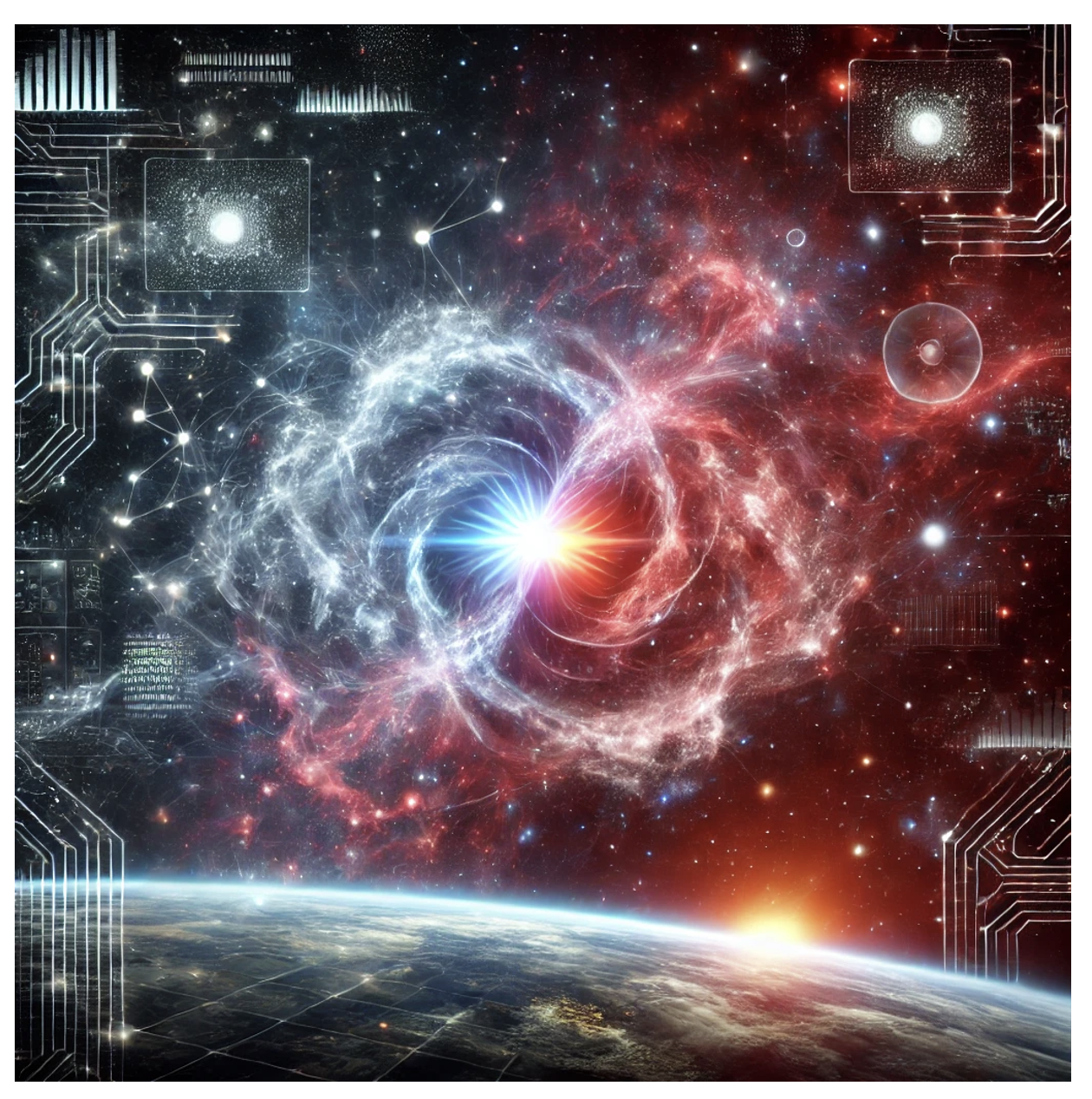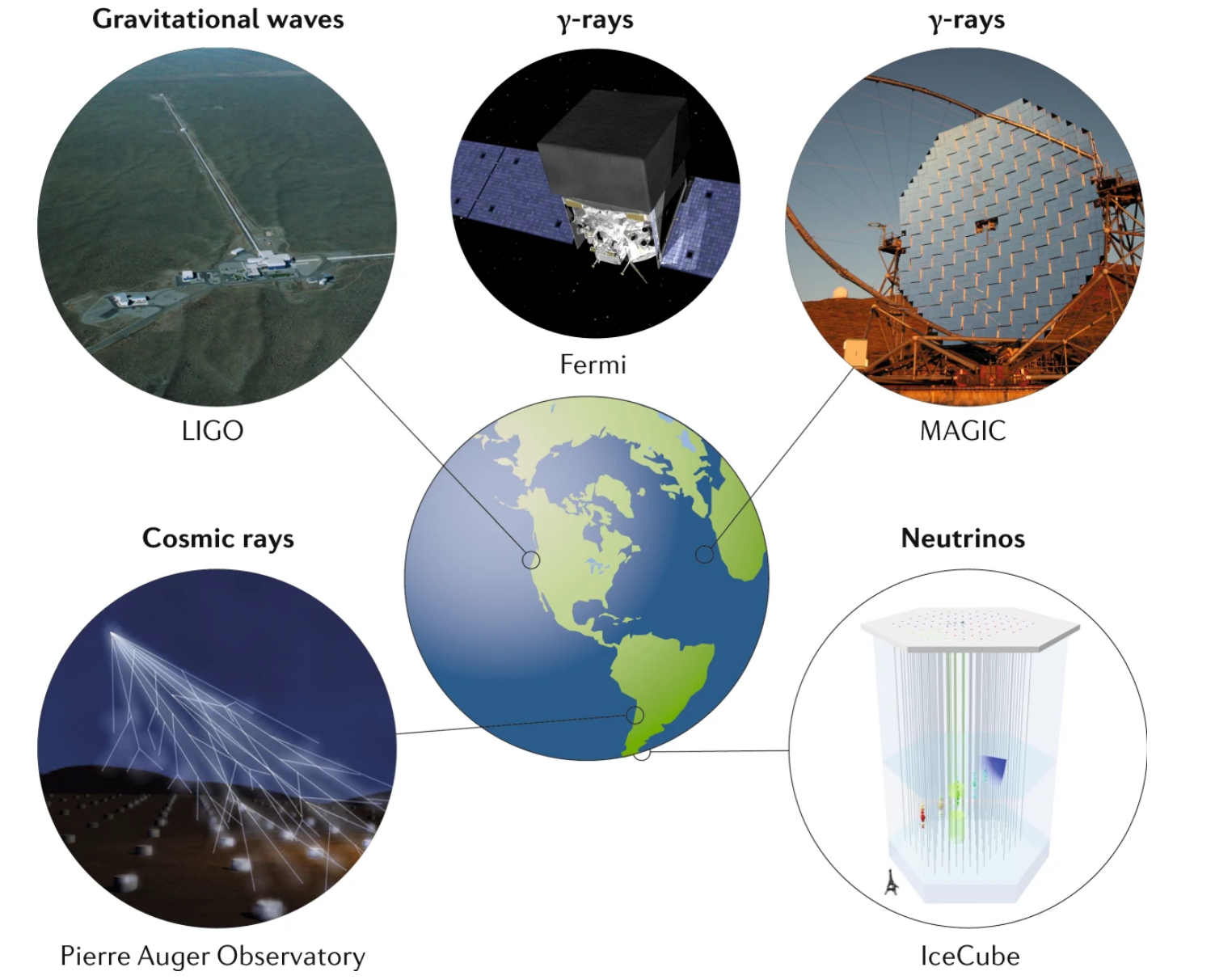Our knowledge of the physical conditions and processes in stars, as well as their structure and evolution, is based on the study of the electromagnetic radiation emitted by these objects. The most important tool for this is spectral analysis. The outer layers of a star, from which the radiation originates, are called the “stellar atmosphere.” In order to interpret the observations, a theoretical understanding of the physical processes associated with the emission of light is required. In addition, the lecture deals with the structure and evolution of stars, i.e., the properties of stellar matter (equation of state, opacity, ionization, degeneracy), energy transport mechanisms (convection, radiation transport, heat conduction), and energy production through nuclear fusion. As solutions to the corresponding equations, we obtain models of the structure of stars. Based on this, simulations for the evolution of stars from their birth to their end (supernova explosions, white dwarfs, and neutron stars) are discussed. The formation of chemical elements (nucleosynthesis) is also part of the lecture. Finally, the evolution of entire groups, clusters, and populations of stars is considered.
- Kursleiter*in: Prof. Dr. Carsten Denker

This intensive one-week course is designed to give students a solid foundation in coding in Python at the start of the semester, as a basic level of programming is assumed for some courses within the Astrophysics master programme. Tailored for those with little or no prior experience, the course focuses on practical skills for data analysis and visualisation in Python. Participants will also gain hands-on experience with essential tools such as the terminal, Conda environments, and Git. Each session consists of practical coding, to ensure students can immediately apply their new coding knowledge across the semester and in future projects.
- Kursleiter*in: Natalie Sarah Williams
This course is designed to equip researchers with the skills to communicate their science clearly and confidently to the general public. Through lectures, discussions, and practical activities, students will learn how to deliver engaging presentations, design interactive activities, and create effective digital, and visual media. The course also explores the responsibilities of researchers as communicators, and provides opportunities to reflect on real-world examples of science communication while building a versatile skillset for future academic and public engagement.
- Kursleiter*in: Natalie Sarah Williams

Every day, scientists make new discoveries and publish their findings in various journals. Therefore, it is often the case that one feels overwhelmed by the volume of existing literature when first approaching a new topic. But even after years of working in a particular field, it remains essential to stay up-to-date with the latest research results. In this seminar, students are encouraged to keep up with ongoing developments throughout the semester by reviewing new publications and presenting key research ideas to their peers.
- Kursleiter*in: Prof. Dr. Tim Dietrich
- Kursleiter*in: Rohan Srikanth
- Kursleiter*in: Prof. Dr. Tim Dietrich

- Kursleiter*in: Prof. Dr. Tim Dietrich
This course offers a comprehensive study of compact astrophysical objects, concentrating on the physical principles and theoretical frameworks to understand their structure and evolution. Students will begin with the Schwarzschild metric and the Tolman-Oppenheimer-Volkoff equations as fundamental tools to describe the equilibrium of relativistic stars. The course covers the physics of dense matter, including Fermi gases, equations of state, and nuclear thermodynamics, to build a foundation for understanding compact stars. White dwarfs and the concept of the Chandrasekhar mass will be examined as the simplest compact objects, followed by a study of neutron stars and pulsars, including phase transitions to hyperons and quark matter, which will be used to describe quark stars and hybrid stars. Through this course, students will gain a deep understanding of the interplay between fundamental physics and astronomical observations in the study of the most extreme objects in the universe.
- Kursleiter*in: Dr. Guilherme Grams

